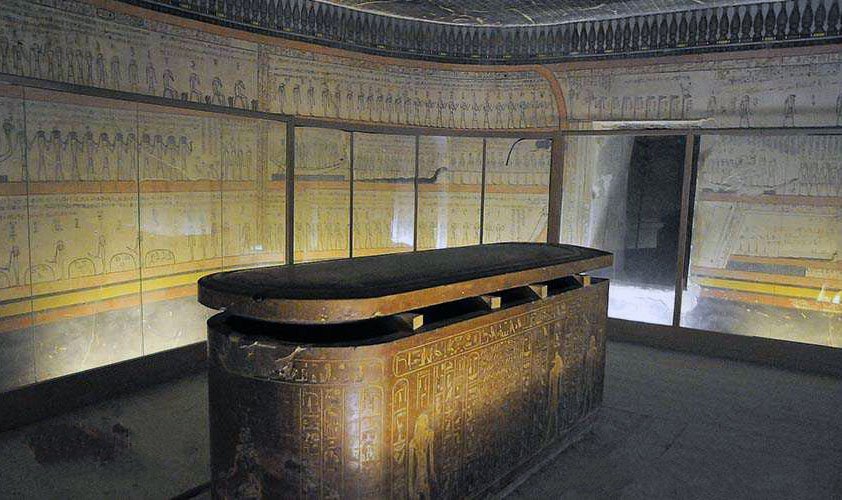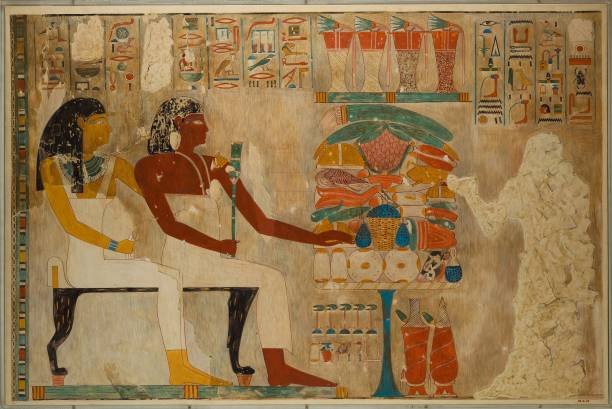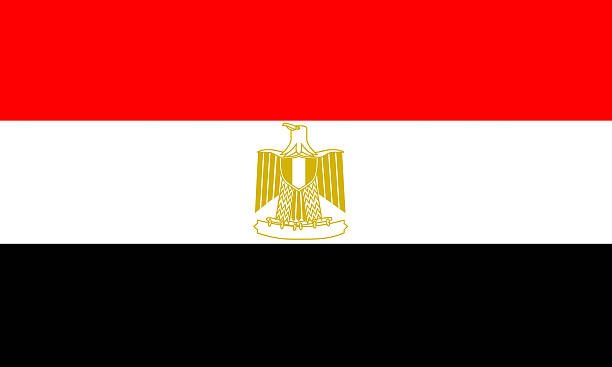
Tomb of Sety I (KV17) The tomb of Sety I is one of the longest, deepest, and most beautifully decorated tombs in the Valley of the Kings. Sety I (c.1294–1279 BC) was the second king of the Nineteenth Dynasty, and father of Ramesses II (the Great). His tomb, number 17 in the Valley of the...

Abu Simbel The Great Temple of Abu Simbel, in Nubia near Egypt’s southern border, is among the most awe-inspiring monuments of Egypt. It was cut into the living rock by King Ramses II (the Great) of the Nineteenth Dynasty, around 1264 BC. The temple is most well-known for the four imposing seated colossal statues that...

Al-Azhar Mosque Al-Azhar Mosque known simply in Egypt as al-Azhar, is an Egyptian mosque in Islamic Cairo. Al-Mu’izz li-Din Allah of the Fatimid dynasty commissioned its construction for the newly established capital city in 970. Its name is usually thought to derive from az-Zahrāʾ (meaning “the shining one”), a title given to Fatimah. It was...

The tomb of Tuthmosis III (KV 34) is said to be one of the most sophisticated tombs in the Valley of the Kings. Discovered by Victor Loret’s workmen in 1898 during this famous Egyptologist’s absence, work did not begin on clearing the rubble form the entrance until his return. He then excavated the site meticulously,...

Tomb of Rekhmire While it may be non-royal, the tomb of Rekhmire (TT 100) is one of the most interesting on theWest Bank atLuxor (ancientThebes). Located on the southeastern slope of the Sheikh Abd el-Qurna hill, it is one of the largest of the private tombs. Rekhmire was avizier, the highest ranking official under...

The Towers Citadel of Salah al-Din Ayyubi The Citadel of Sultan Salah al-Din Ayyub was constructed on a spur of the Muqattam mountain as a defense against any invasion. It is divided into two sections; northern enclosure, an area reserved for military activities. Salah al-Din commenced its construction in AH 572 / AD 1176 and...

The Temple of Alexander the Great in the Bahariya Oasis For some years, Egypt was under the control of the Persian King, and while other outside forces had ruled Egypt over the years, the Persians seem to have had few friends in Egypt. In fact, Egyptian elements had already mounted revolts, weakening the Kings hold...

Nile River Facts: The Egyptian civilization was born and flourished along the Nile Valley, For Herodotus, he said Egypt is the “gift of the Nile”. Without it, the country would have been barren and the great pharaohs would not have ruled with the splendor that made it one of the most prosperous nations of the ancient world. Would you...

History of Egypt : The geography of the ancient history of Egypt is very significant and is going to have a great influence on his art. Egypt is situated in the North-East of Africa and is very isolated from other countries because of its geographical location. Its limits are: to the west, the Libyan desert; to the...








